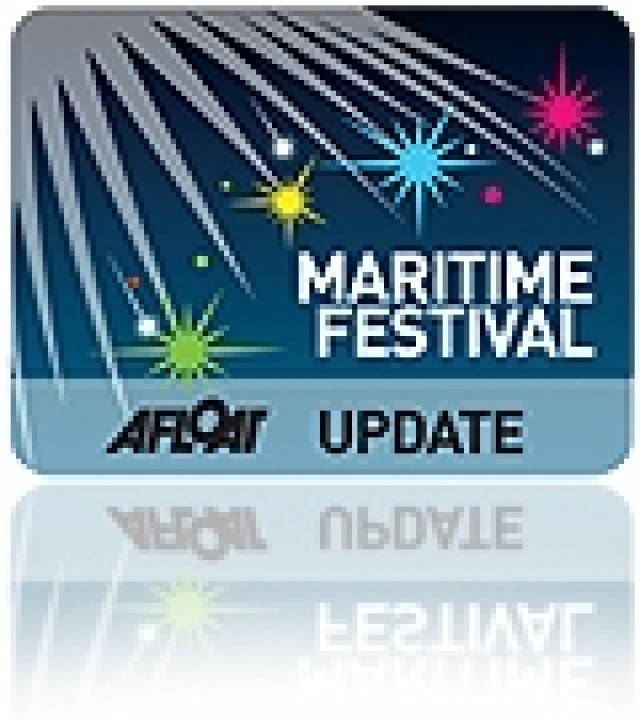#OceantoCity – The winner of this year's 10th Ocean to City Rowing Race 'An Rás Mór' went to the brand new Dalkey community built currach Naomh Beagnait which was only launched at the start of June, writes Jehan Ashmore.
Naomh Beagnait (see photo) was competing in the event which attracted 500 rowers amongst some 120 craft including overseas entries in a celebration of Cork's maritime heritage.
The Dublin Bay based currach was constructed in Dalkey over the month of May and is based on the racing currach design from Inishbofin Island.
"To each person who sawed, sanded, steamed, donated money, encouraged, baked cakes, publicised, wrote articles, followed us on facebook, blessed the boat, you were a winner on Saturday in Cork" said Liz Murray who had the vision behind the Begnet's Boat Project.
She added "especially thanks to Dalkey Rowing Club who came to our rescue only a fortnight before Mark Redden who led the boat-building trainee team which used their boatshed. A true community effort by all involved".
Redden who is based in Barcelona and his Catalan rowers led the 7m (22ft) currach to victory with the 1st Ocean Race but also taking honours in the 1st Currach Ocean category representing Base Náutica de Barcelona (Repararems).
Naomh Beagnait will take centre-stage next Saturday (15 June) at The Inaugural Dublin Currach Regatta (2.30pm - 7pm) at the East Wall Water Sports Group in Clontarf and where the free event is sponsored by the Dublin Port Company.
Take in the sights and sounds of this most traditional of boating events at the Tolka Estuary, off the Alfie Byrne Road. Presentations will take place in the Poolbeg Boat and Yacht Club, Pigeon House Road, Ringsend on the south side of the Liffey.
Currach racing at National League Level are to be held on the previous day, Friday (14 June) for details visit this link.


























































